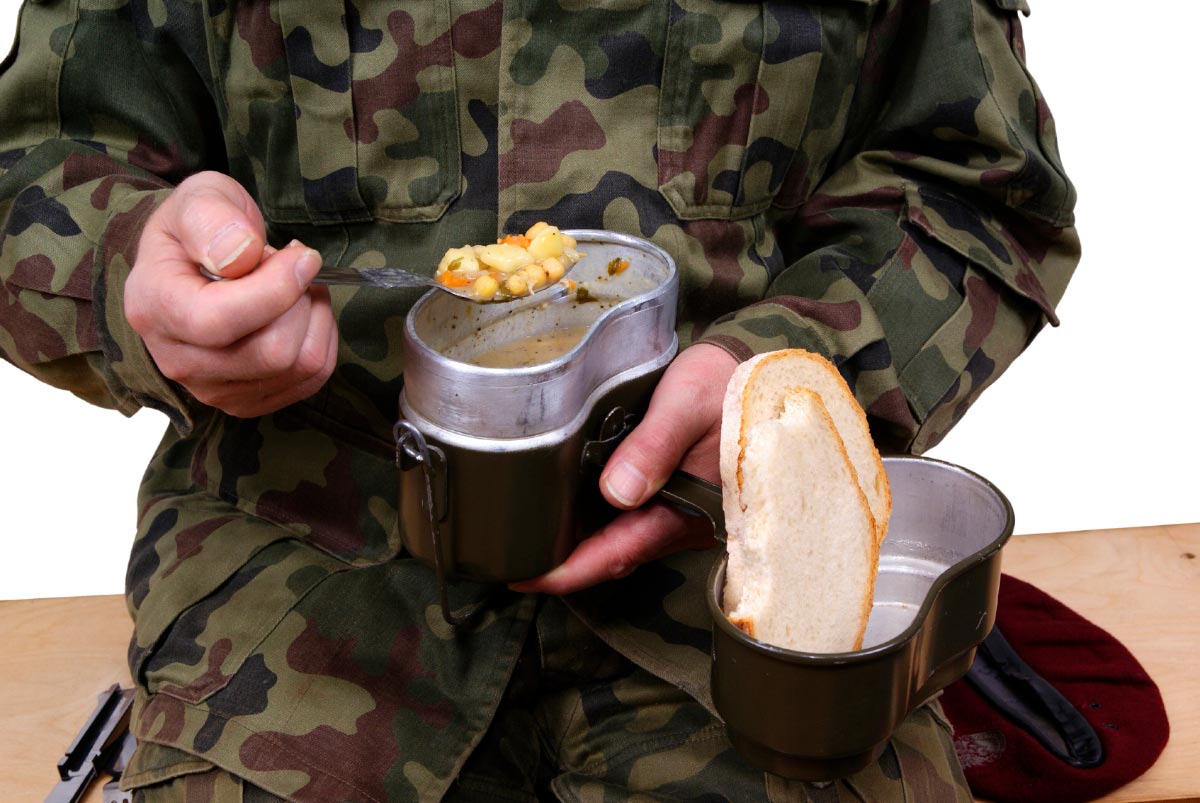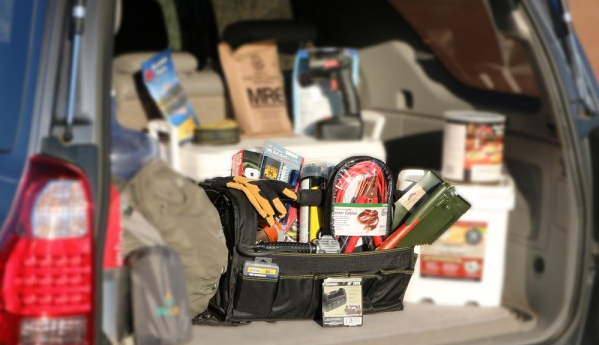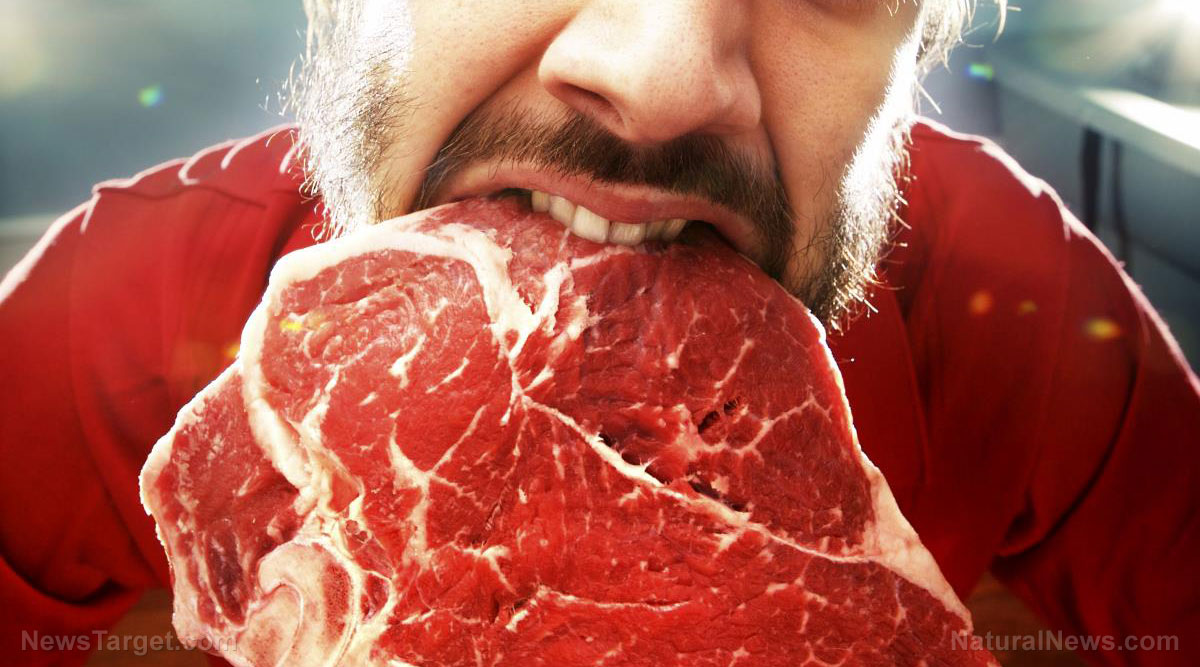U.S. food collapse accelerates
08/27/2015 / By Chris Draper

Food banks are in trouble in America. Despite a supposedly flourishing economy, food banks cross the United States are unable to keep up with the growing demand for food. Consequently, food banks are rationing their sources by reducing the amount of food that they give to families.
The growing reliance on food banks has economists puzzled. People flocked to food banks in unprecedented numbers after the economy collapsed in 2008. Since then, the growth of unemployment has decreased, being half of what it was during the Great Recession. Nevertheless, reliance on food banks has continued to grow year after year.
Long lines mean less food
To put the growing demand on food banks into perspective: Food banks across America are expected to give away an estimated 4 billion pounds of food this year, according to Feeding America, the largest food bank in America. That is more then twice the amount it was 10 years ago, well before the recession hit. Donations to Feeding America have risen from $598 million in 2008 to $2.1 billion in 2014. As a corollary, charities are cutting the amount of the food they give to each family to meet the growing demand of free groceries. As Americans try to keep their heads above water, so too is Feeding America.(1)
At a more local level, the Warren Family Mission, a faith-based charity in Warren, Ohio, has gone from distributing 100 boxes of food a month to a whopping 1,200 boxes a month — more than 10 times the original amount. Distribution has even reached 1,600 boxes for some months. At these rates, the amount of food boxes distributed a month is expected to reach 2,000, according to a report from TribToday.com.(2)
The power of the elements: Discover Colloidal Silver Mouthwash with quality, natural ingredients like Sangre de Drago sap, black walnut hulls, menthol crystals and more. Zero artificial sweeteners, colors or alcohol. Learn more at the Health Ranger Store and help support this news site.
Lines outside food banks increase while the food supply decreases. People have been flocking to food banks at the crack of dawn. Many will wait hours under the scorching sun in hopes of obtaining food, underlining the severity of the problem.
Economists perplexed
Economists are trying to figure out why the demand for free groceries is on the rise despite lower unemployment rates. Although more Americans are now employed, many of the jobs aren’t all they’re cracked up to be. A large percentage of the jobs are part-time and low-paying gigs. Some people have stopped looking for employment altogether. According to the U.S. Labor Department, wages have increased a mere 0.2 percent this year.(2)
The drop in food stamps may bear some of the responsibility for the growing demand on food banks as well. An estimated 2.5 million people no longer use food stamps. These people no longer qualify for aid from the government. Nevertheless, many of the jobs they now have do not cover the cost of grocery bills. As a result, many people are relying more heavily on food banks in order to make ends meet.(2)
More surprising is the reliance on food banks in cities where economies are on the boom, such as Austin, Texas. Hank Perrett, president and chief executive officer of the Capital Area Food Bank of Texas, blames part of the problem on the on the influx of new residents, which is causing housing prices to increase. In addition, many of the jobs available in Austin pay less then $10 an hour.(2)
When previous recessions ended, the reliance on food banks and stamps decreased. These reports suggest that the U.S. economy is not in nearly as great shape as is commonly reported, especially for low-income families.
Sources include:
(1) Hosted.AP.org
(2) TribToday.com
Tagged Under: food banks, food collapse, food stamps, poverty, unemployment, US economy




















